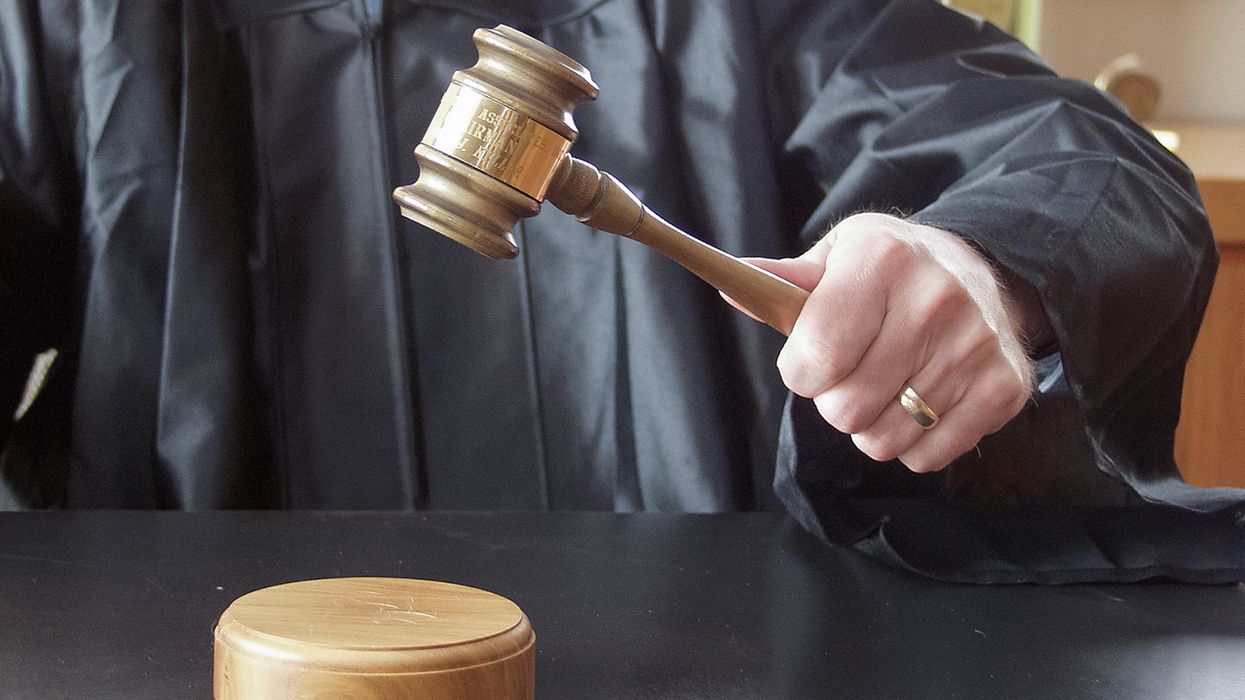Navigating disputes with respect: Enhancing your Canadian safety profile.
Disputing safety violations in Canada for some can become controversial. Depending on the type and source of the information on a safety profile, there are different ways to dispute it if you believe it is incorrect or unfair. You can request a review of a violation whether through an online system in the province (if available), formal court proceedings, private discussions with a prosecutor/attorney, the use of a third-party service, or a direct conversation with an enforcement officer.
Check the information carefully!
The information related to the on-road safety-related performance of a driver or motor carrier in Canada or the United States can come from various documents such as a commercial driver abstract, a provincial Carrier Profile, a Central Analysis Bureau (CAB) report, or information from a Federal Motor Carrier Safety Administration (FMCSA) Portal account.
Any record of an incident where a commercial driver or motor carrier was found to be non-compliant with a safety regulation, law, or policy is recorded on a safety profile. This can include a violation ticket, a defect on a Commercial Vehicle Safety Alliance (CVSA) inspection report, a Notice and Order, or a reportable collision recorded on a Carrier Profile.
Steps for your dispute.
First, decide if you have a reasonable argument as to why you believe you should start disputing and only dispute if the dispute is fair. Then, make sure you are using the proper channel for the dispute. And finally, make sure that you always take the approach of collaboration over confrontation.
Here are some general steps to follow:
- Identify the type of information you want to dispute, such as a violation ticket, a defect on an inspection report, a notice and order, or a reportable collision;
- Find out the appropriate channel for disputing the information, such as the court system, the online system, the enforcement officer, or the issuing agency;
- Prepare your arguments and evidence to support your dispute, such as photos, receipts, logs, or witnesses;
- Submit your dispute request within the specified time limit and follow the instructions for the dispute process; and
- Be respectful and professional when communicating with the authorities or agencies involved in the dispute.
Dispute respectfully.
It is not advantageous to dispute every violation just to see what will get removed or withdrawn. If you or your driver has received a violation, there is likely a good reason why. However, both sides make mistakes. Neither law enforcement officers nor drivers are infallible. You and your drivers should be operating within the constraints of the regulations; law enforcement officers are tasked with ensuring the condition of the vehicle and behavior of the driver compared against those regulations which are written to protect the general public.
Identify the Proper Channel.
Violations and other incorrect information on a safety profile can typically only be disputed through the appropriate channel and different violations have different ways of being disputed. Identifying the proper channel, the type of violation, and the jurisdiction in which it was received is important.
A violation ticket issued by a peace officer, for example, must be disputed through the Court system. Depending on the charge, this can require a mandatory court appearance. In other situations, the charge may be negotiated with the Crown Prosecutor outside of court instead of waiting for the actual trial date.
Another type of violation you might see is something recorded on a CVSA inspection report. In Canada, violations on a CVSA inspection report that a carrier wishes to challenge can be disputed in one of two ways:
- If the carrier and/or driver believes a violation is incorrect, they can contact the officer directly and discuss the situation. Currently, the process must be started by the carrier within 28 days of the inspection; the commercial vehicle inspection station or office listed on the report can provide specific information.
- If the carrier and/or driver believes an entire inspection has been incorrectly assigned to them (such as an inspection on a vehicle that is not registered to the company), they can contact the CVSA to report the error.
If the violation was from a U. S. inspection, the FMCSA has an online system called DataQs for motor carriers and drivers to challenge what they believe to be incorrect information. The DataQs system allows all FMCSA-generated data to be challenged and tracked online.
Key to remember: You can dispute violations by following proper procedures and using appropriate channels. Disputing violations should never be about confrontation and should never resemble an us-versus-them situation. Be respectful.



















































